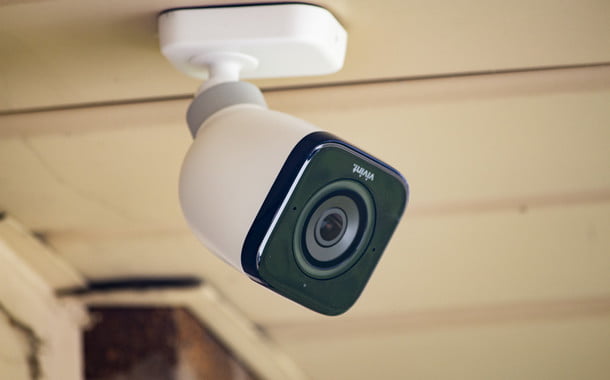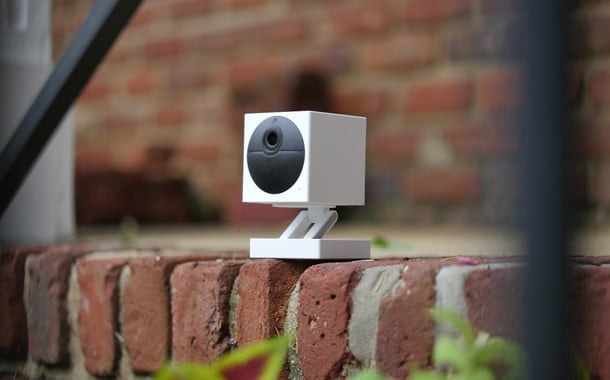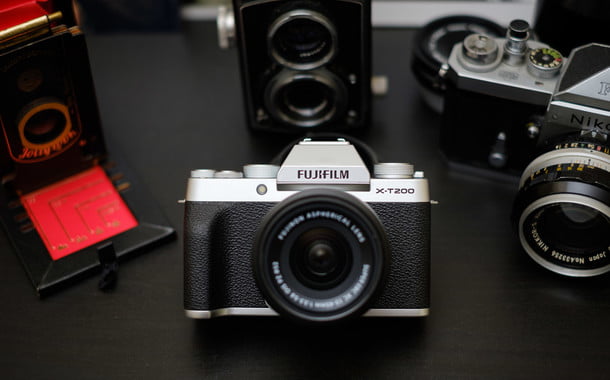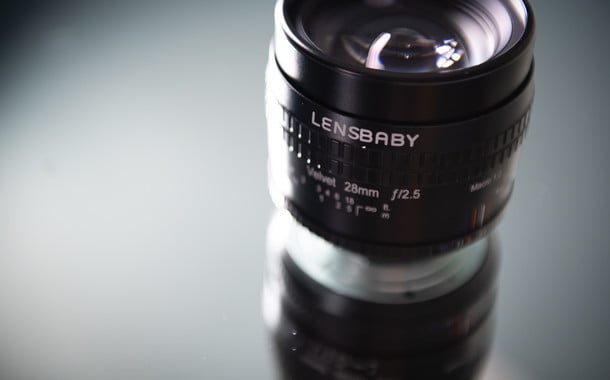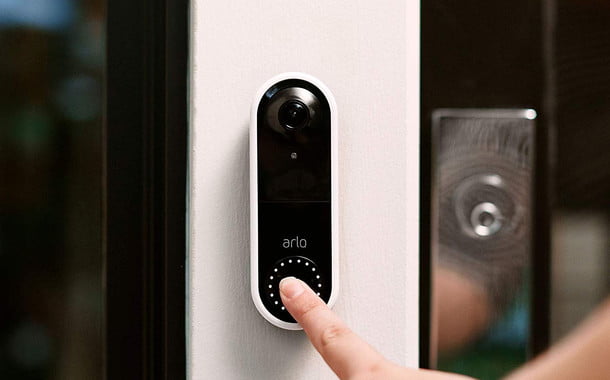Vivint Doorbell Camera Pro: Purging Pesky Porch Pirates

Vivint doorbell camera Pro
"The Vivint Doorbell Camera Pro's mission is to proactively protect your packages with A.I."
-
Extremely wide field of view
-
Intelligent integration into the Vivint system
-
Slim, durable construction
-
SmartSentry mode protects your packages
-
Professional installation ensures impeccable performance
-
Must be bought with Vivint system, not alone
-
The depth of field of night vision is shallow
-
Limited A.I.
Parcel theft has become a phenomenon in recent years. Vivint set out to curb this behavior with a new SmartSentry deterrent mode that actively protects your packages from thieves. This new deterrent mode has been incorporated into the new Video Doorbell Camera Pro, which is built into the rest of the Vivint package. I've put the doorbell through its paces for the last month and I've learned that.
The Vivint doorbell camera Pro immediately offers the same restrictions as the rest of the Vivint device family. You need a Vivint security system installed in your home in order to use the doorbell. If you're just looking for a video doorbell, this is where you can stop reading. However, if you are interested in the Vivint system, read on because the doorbell does some great things.
Low profile
The Doorbell Camera Pro Hardware is slim compared to most other doorbell cameras. It still looks a lot like a video doorbell, but some options like Ring Video Doorbell 3 Plus are clunky. The Vivint doorbell is much slimmer, which homeowners should appreciate. The black face of the doorbell starts with subtle branding on top, with the camera lens directly below and the doorbell button below. A ring light surrounds the doorbell button. The rest of the case is white.
The Vivint Doorbell Camera Pro has many functions in common with other doorbell cameras. It comes with a 65dB speaker and microphone for bidirectional communication. Visitors reported that the speaker was clear and easy to hear. The microphone is very sensitive and visitors can also be heard clearly. The camera records and transmits videos at 1080p. You can also unlock doors directly from the camera interface, which is convenient.
No escape from this camera
This doorbell has two hero functions, the first of which is a 180 degree field of view from left to right and top to bottom. This is similar to the Arlo Video doorbell. The advantage is obvious – even a package on your doormat is visible. The large field of view also allows you to see your entire porch. That’s really impressive in practice. My front door is set into the brick so I can't take full advantage of the left-to-right view, but the 180-degree top and bottom are certainly beneficial.
The Vivint Smart Doorbell Pro is expensive at $ 250. As mentioned, the doorbell is installed professionally, which sometimes costs $ 99. But the $ 99 is the cost of installing everything in your home, not just the doorbell. Therefore, it is difficult to estimate the installation cost. For my part, my installers were quick, competent and very professional. Overall, they also saved me a lot of the hassle of installing it myself. Speaking of which, my plumbers offered to run the doorbell up to the brick paneling of my house so I could take advantage of the 180 degree field of view, but I declined. I've never been a fan of this look.
The video quality of the 180 degree camera is sufficient for this purpose. The quality is to be expected from a midrange phone, for example. That's fine for identifying visitors, bad for club selfies. The center of the frame is pretty clear with a fisheye effect when you come out to the edges of the frame. The clarity is sharp about 10 feet away and then drops off quickly. My mailbox 45 feet away is a pixelated work of art.
Proactive protection

The other hero feature is similar to the one I tested with the Vivint Outdoor Camera Pro and is the SmartSentry deterrent mode which is powered by Artificial Intelligence (A.I.). Vivint really wanted to focus on package delivery and looting porches, so the doorbell has a guard mode. When the camera detects that a package is being delivered, you will be notified on your phone. From there, you can activate deterrent mode. When someone else approaches your porch, they will play the deterrent tone. I prefer the whistle followed by "camera shot" but there are other tones to choose from.
In my tests, this feature worked very well. Whenever deterrent mode was on and a person approached, there was no doubt that they were being recorded. Vivint's chief technical officer JT Hwang said that many people use deterrent mode at night, not just to protect packaging, but just to keep people away from their homes. It's not very neighborly, but I'm not going to judge it. As long as Vivint A.I. I would like to see an extra step by adding face recognition. That way the doorbell won't yell at me when I get my own package.
The ring light around the doorbell meant notification, not lighting. When the deterrent is played, the ring will glow red. If someone approaches the door while SmartSentry is off, the ring light will turn white. It's handy at night for visitors to see the button.
Limited recognition
The Vivint Doorbell Camera Pro has the same disadvantage as the Outdoor Camera Pro. The doorbell only recognizes parcels and people. It doesn't detect any other movement or sound like the Nest Hello Video doorbell and I miss that. If there is an animal living under my porch or a loud crack occurs somewhere in the neighborhood, I'd love to hear about it. Vivint says it's A.I. Efforts to protect packets, but other events may occur in the future. At least Vivint is clear about his priorities.
Another limitation of the camera that the Outdoor Camera Pro mirrors is the reliance on the Smart Drive to record a 24/7 feed. Without the smart drive, the doorbell will record events when a person or package is detected and you will get a live view of the camera, but the footage will not be cleaned. If you want to record around the clock, plan on spending the extra cash on the smart drive.
Limited range but in line with mission
I noticed that the range of night vision is particularly limited compared to a Nest Hello video doorbell. Below I have placed a screenshot of each doorbell side by side at night. In both shots you can clearly see the Santa Claus statue standing on the edge of my porch (yes, even in August). When shooting the Vivint Doorbell Camera Pro, the image quickly falls off directly behind the veranda. With the Nest Hello doorbell, the rest of the front yard is free – or at least if I cleaned the camera lens and that was a lesson, kids. Remember to clean your doorbell camera's lens from time to time.


When I spoke to Vivint's CTO about this, he explained that the strength of the infrared light is a compromise due to power and heat issues. The infrared light from Vivint's Outdoor Pro cameras is stronger because they draw their own energy. If you are limited to doorbell current and trying to capture such a wide field of view, you will hit a wall. I get that, and the camera area covers my entire porch, which is in line with Vivint's mission – your porch and your packages. To be fair, that's covered.
Finally, just like the rest of the Vivint system, compatibility with certain smart displays would be good. When someone rings the doorbell, the video will appear on the Vivint security panel. That's nice, but when I'm in the kitchen I already have a Lenovo Smart Display. Vivint is looking into the integration of smart displays, but it's not there yet, which is disappointing.
Our opinion

This is a doorbell camera with a specific mission that is refreshing in its own way. Nowadays, smart tech seems to want to be everything for everyone. This doorbell is designed to protect your packages. This is arguably the best reason for a video doorbell. Also, unlike many other A.I. Proactively protect packages. A video doorbell can help you catch thieves, but SmartSentry will stop them before you lose your belongings. I wouldn't be surprised if more doorbell cameras took on a similar role in the years to come.
Is there a better alternative?
There is a wide variety of doorbell cameras available in the market. The Ring Video Doorbell (2nd Generation), Nest Hello and others have the "See who's at your door" theme covered. But none of them proactively protect what's on your doorstep. This also begs the question of whether there is a better alternative that integrates with Vivint. Since this doorbell is part of that system, the answer to this question is a simple no.
Will it take?
Yes. The Vivint doorbell Pro is made of solid polycarbonate and seems to be very durable. The operating range is between minus 20 degrees Celsius and 45 degrees. The warranty applies to all Vivint devices for the duration of a customer's customer service contract. All required service visits are free for the first 120 days after installation. Service visits cost $ 49 after 120 days. After the 120-day period has expired, follow-up service visits within 30 days of a $ 49 service visit are free for the same reason.
Should you buy it
Like everything in the Vivint ecosystem, the answer is yes, provided you purchase Vivint security for the entire home. Not only does the doorbell integrate with the rest of the Vivint system that you are already buying, but the price is also competitive. While this doorbell was offered as a standalone option, I think it's worth buying. The large field of view and proactive SmartSentry mode are worth a few extra dollars. That's a lot of great things in one package. Even given the tradeoffs, this is a good buy in itself regardless of the Vivint system.
Editor's recommendations


